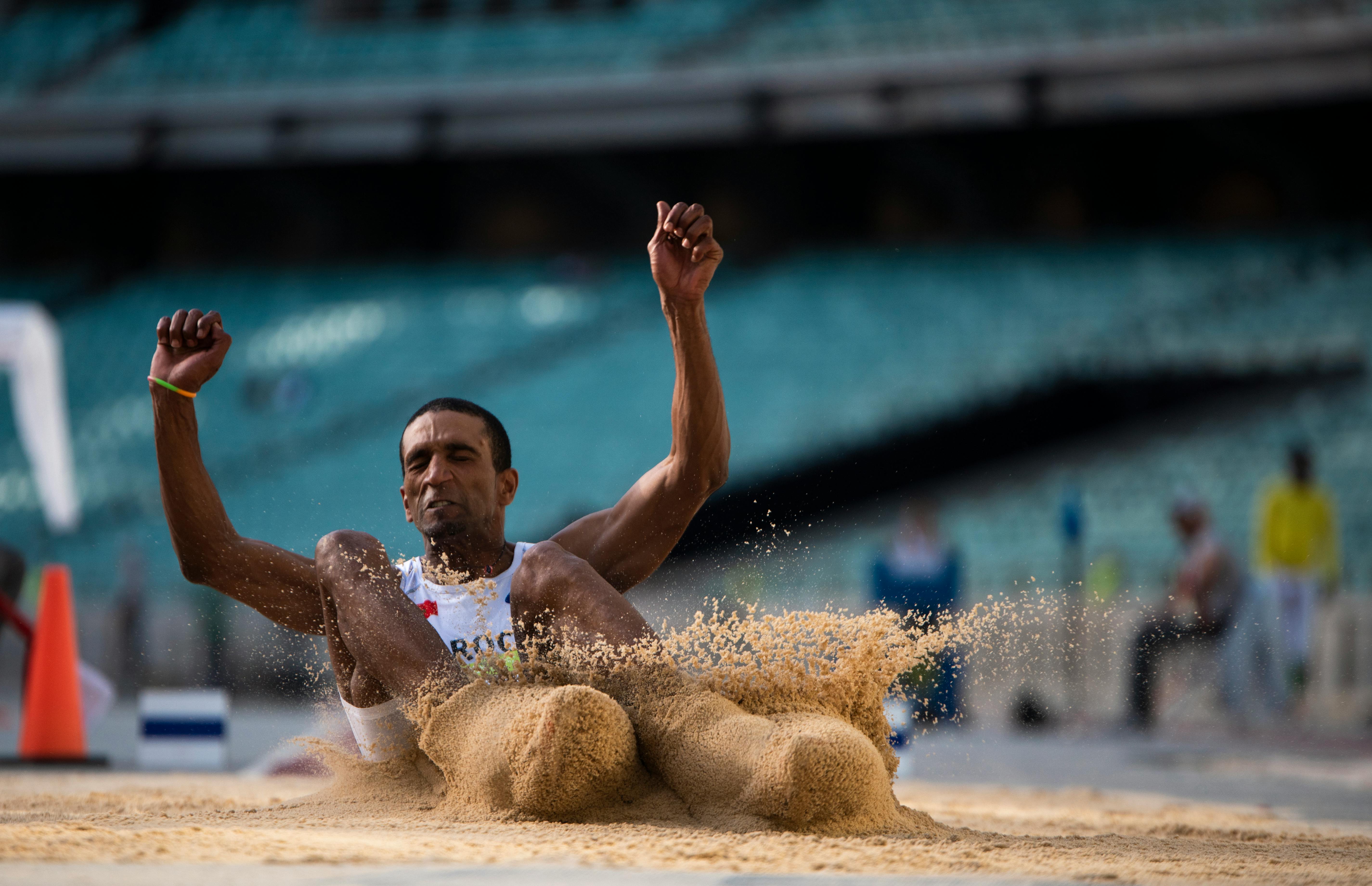Breaking Down the Art of the Triple Jump: A Comprehensive Analysis
The world of sports is rife with a variety of disciplines, each with its own unique dynamics and intricacies. One such discipline that stands out for its complex technique and fascinating history is the Triple Jump. This competitive track and field event, also known as the "hop, step, and jump", is a showcase of speed, strength, and agility. This article delves into the intricate world of the Triple Jump, tracing its historical roots, analyzing current trends, and offering insights into its training methods and performance strategies.

Tracing the Roots: The Historical Context of the Triple Jump
Triple Jump, as a competitive event, has roots dating back to ancient Greece. The event was a part of the Olympic Games as early as 708 BC, where it was performed in armor. The modern format of the Triple Jump, however, began to take shape in the 19th century, during the revival of the Olympic Games. The event’s progression over the years has been marked by evolving rules, techniques, and records, reflecting the dynamic nature of this sport.
Current Trends: The Triple Jump in the Modern Era
The Triple Jump has seen a significant evolution in terms of techniques and performance over the years. Today, the event is a complex interplay of speed, strength, and agility, with athletes continuously pushing the boundaries of human performance. The current world record in the men’s Triple Jump is 18.29 meters, set by Britain’s Jonathan Edwards in 1995, while the women’s record stands at 15.50 meters, set by Inessa Kravets of Ukraine in 1995.
The Mechanics: Unraveling the Technique of the Triple Jump
The Triple Jump is a unique blend of three distinct movements: the hop, the step, and the jump. Each phase requires a specific skill set and contributes to the overall distance achieved. The event demands not just physical strength and speed but also precise technique and coordination. The challenge lies in maintaining momentum while transitioning smoothly through the three phases, a feat that requires extensive training and practice.
Training for Triumph: The Science Behind the Triple Jump
Training for the Triple Jump involves building strength, speed, and flexibility while honing the technique for each phase of the jump. This includes plyometric exercises, sprint training, and specialized drills for the hop, step, and jump phases. The training also entails mastering the art of controlling the body’s momentum, a crucial aspect that can make or break a performance.
The Triple Jump: A Test of Athletic Prowess
The Triple Jump is more than just a sporting event; it is a testament to the power and potential of human athleticism. It pushes the boundaries of speed, strength, and agility, demanding a high level of physical prowess and technical skill. The event’s complex dynamics and rich history make it a fascinating subject within the broader spectrum of sports.
In conclusion, the Triple Jump stands as a captivating discipline within the world of sports. Its unique blend of speed, strength, and technique, coupled with its rich historical context, offers a compelling narrative that continues to captivate sports enthusiasts worldwide. It serves as a reminder of the remarkable feats of athleticism that humans are capable of, pushing us to continually strive for greater heights.




